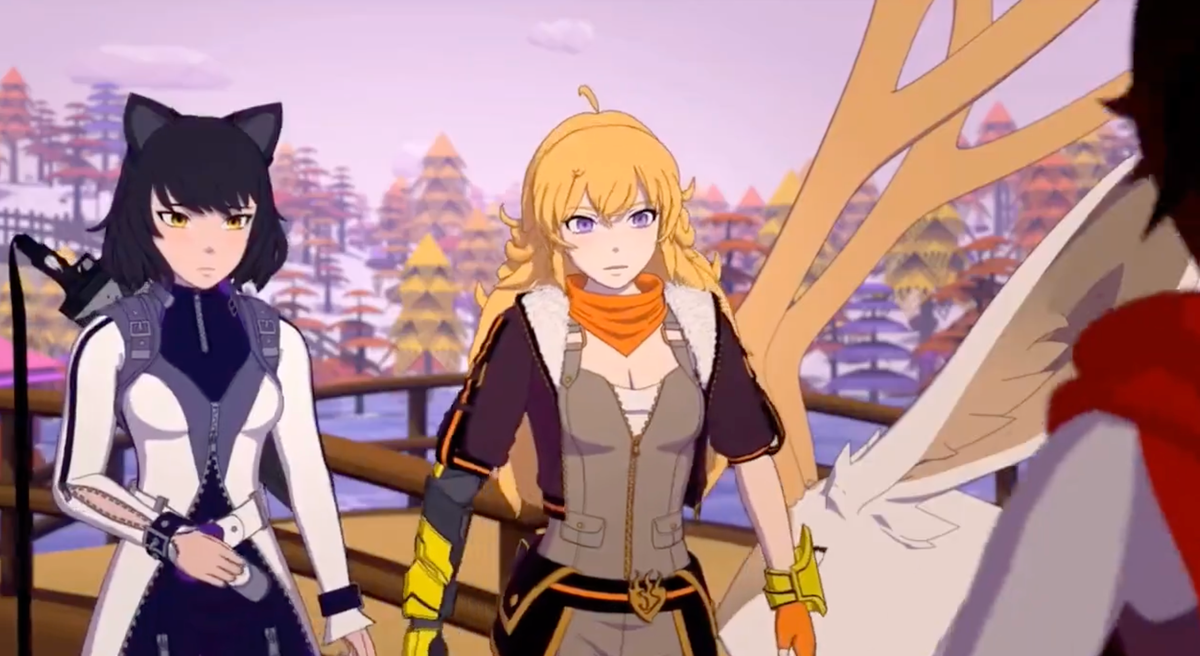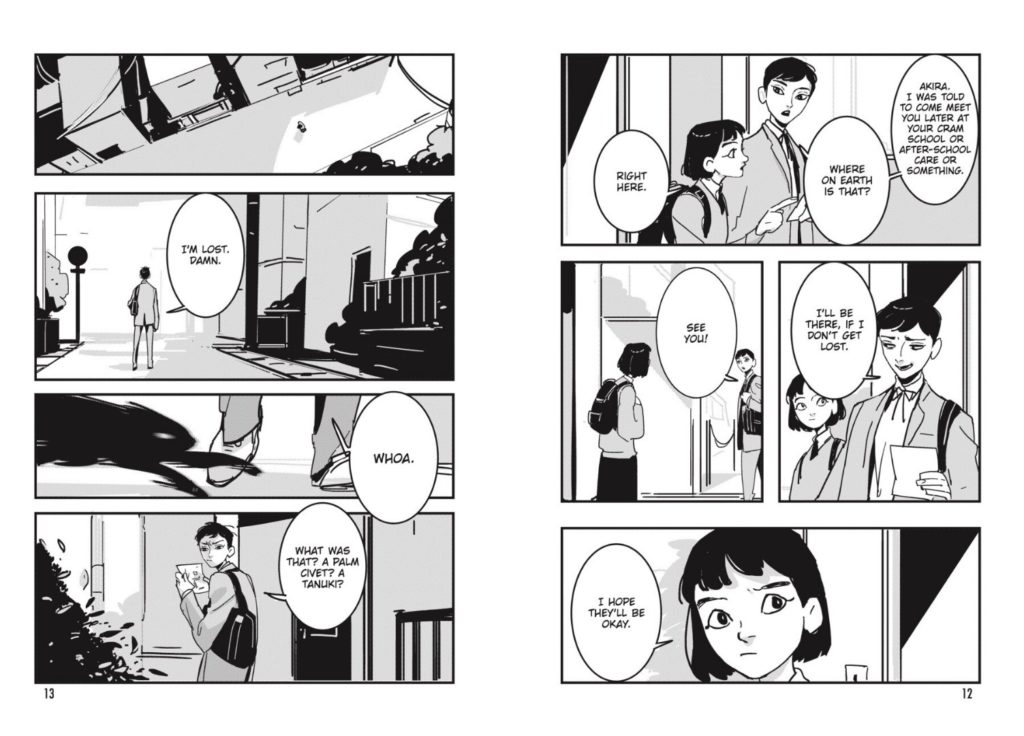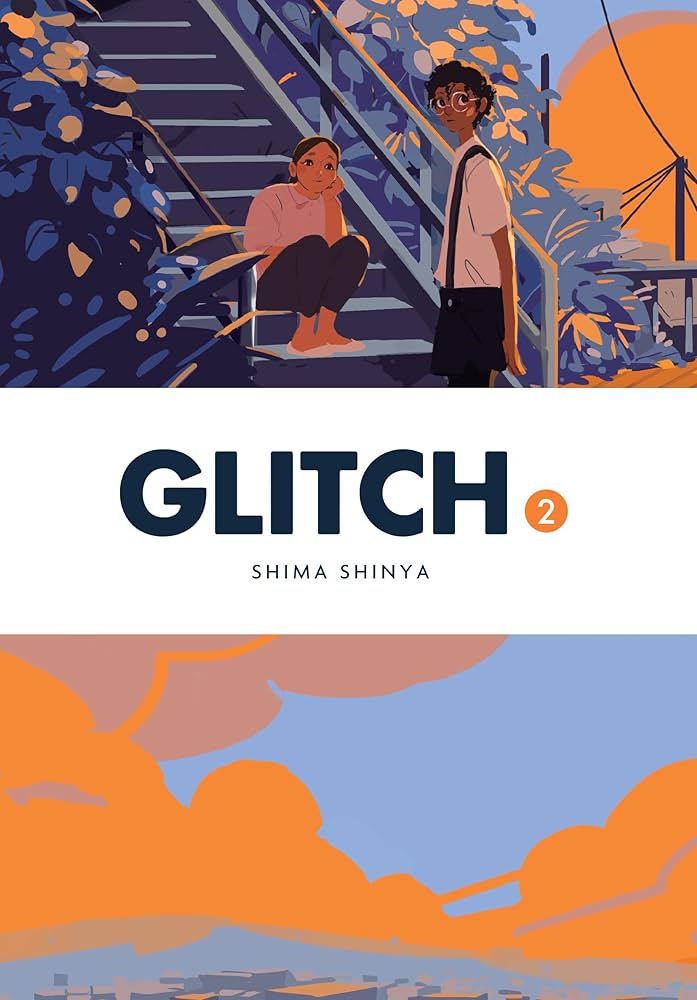“Looking different. Speaking a different language. Being afraid of someone for arbitrary reasons like that… is prejudice.” — Kei Kinjou-Dias to Sai-san.
Minato and Akira Lee, along with Akira’s friends Ito and Kei, are adjusting to life in Touka-cho. Together, they create the Investigation Club to explore the strange events happening around them. While settling in, they meet two alien-like beings, Sai-san and the small, mysterious Hirata. These otherworldly characters find themselves stranded in town, while the group suspects the town’s fenced-off forest as the source of the bizarre glitches. Missing pets, people disappearing, and ghostly figures all seem to originate from this eerie forest.
The Town’s Mysterious Glitches
Many townspeople don’t accept aliens like Sai-san. They report their activities to the local police, who closely monitor their actions. When the young group encounters the local police officer, he looks disheveled, having possibly met some wild, predatory creature.
The group considers whether the local library holds answers to the forest’s mysteries. If not, their only option might be to brave the forest themselves.

Unique Art Style and Atmosphere
Shima Shinya’s ultra-modern manga art style stands out in Glitch Volume 2. The art amplifies the unsettling atmosphere in Touka-cho, where both people and pets disappear, and giant ghostly figures move through the town.
Concerns About the Pacing and Character Portrayal
While the art and atmosphere shine, the story’s pacing and character portrayals raise some concerns. The plot moves slowly, even though only two volumes remain. This measured pace removes some of the tension and dread needed to build suspense. Additionally, characters often explain events in a way that feels overly expository.
That said, certain scenes, like Minato slicing tomatoes, display Shinya’s talent for bringing everyday moments to life. The detailed depiction of an ordinary family moment against the backdrop of a strange, otherworldly event makes the scene stand out.

Representation in Glitch
The human characters seem carefully designed to reflect a wide range of gender-fluid and LGBTQIA+ identities. While this representation is positive, it can sometimes feel a little too deliberate. Minato is portrayed as ungendered, and their mother is a high-status single parent working in the medical field. Meanwhile, Ito’s mother is in a same-sex relationship, and Kei Kinjou-Dias, whose mother has disappeared, represents a mixed-race family.
On the flip side, Hirata, the alien, is charmingly portrayed. A particularly memorable moment shows Hirata encountering a peach for the first time, adding a delightful touch to the story.
Artistic Choices and Design
The cover’s bold use of color—orange, lavender, and black—immediately draws attention. However, the two-page color spread at the front of the volume only features a monochrome image. This design choice feels like a missed opportunity to further engage the reader visually.

As in Volume 1, Shinya includes a two-page illustrated preview of Volume 3, teasing what lies ahead.
Translation and Presentation
Yen Press delivers another high-quality trade paperback with clear translation by Eleanor Summers. Helpful translation notes at the back enhance the reading experience. The clean and well-spaced lettering by Abigail Summers makes the text easy to follow throughout the volume. Fans can look forward to Volume 3, scheduled for release in May 2024.
Conclusion: A Fresh Take on Manga
Despite some pacing and narrative concerns, Glitch Volume 2 remains a manga worth exploring. Its distinctive art style and genre-blurring mystery are unlike anything else in the manga world today. Whether the story turns out to be rooted in science fiction or an urban legend, Glitch is taking manga in an exciting new direction.


